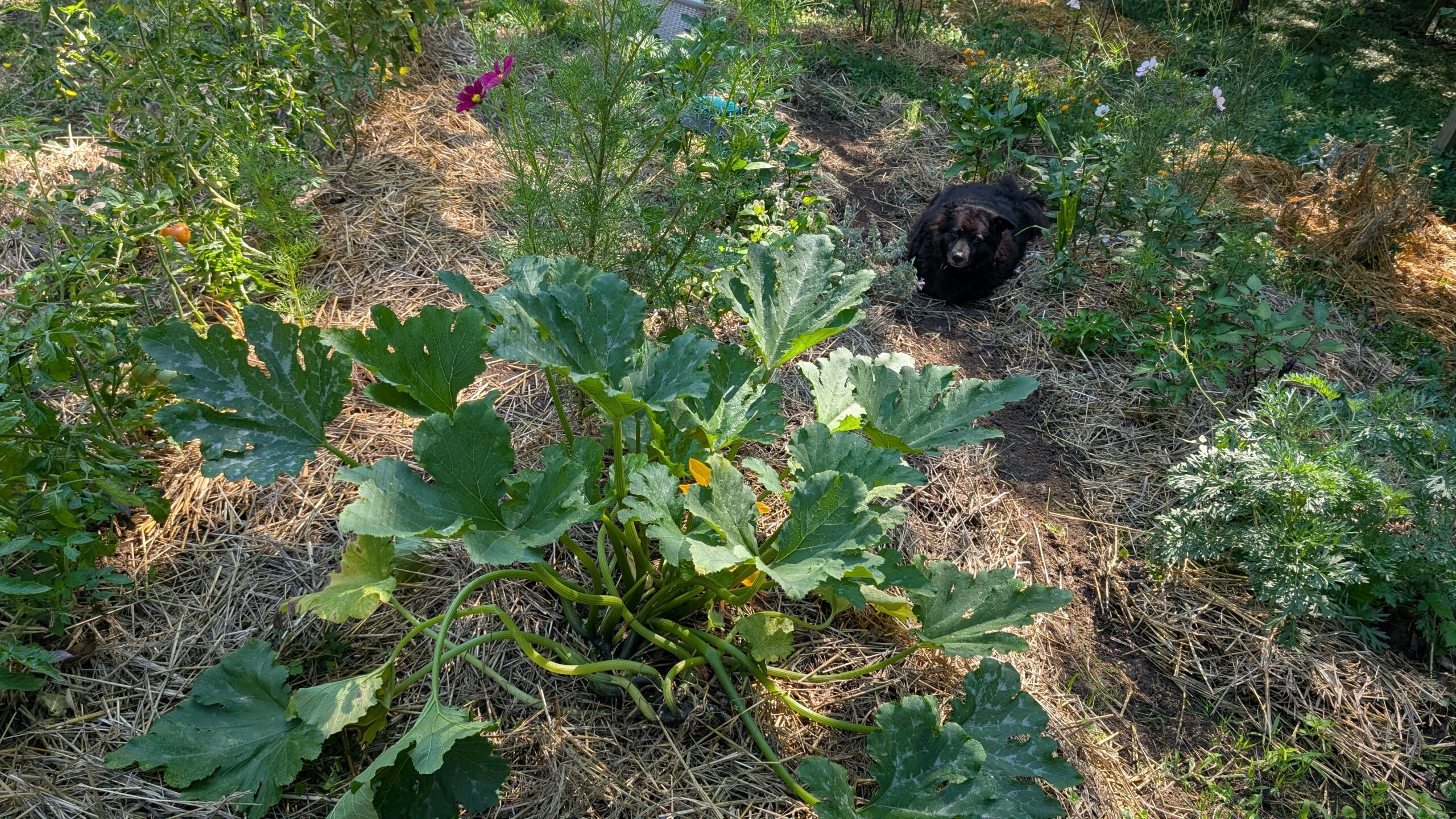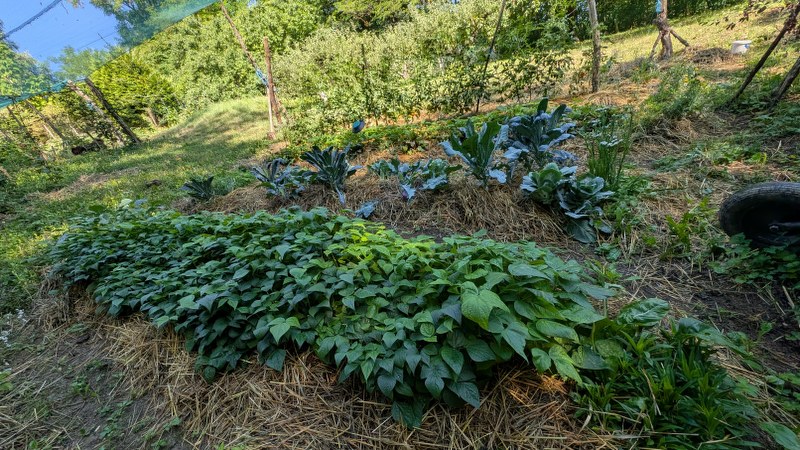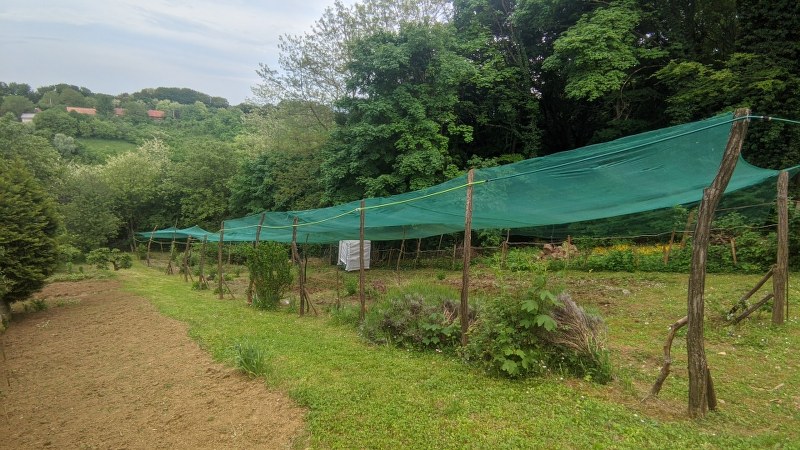Winter is the time when most of the plants in the Northern hemisphere are dormant. The plants stop growing, some lose foliage, and others disappear completely. The seeds that were dropped during the summer, are also dormant, and once the spring temperatures rise, they will start waking up.
Most of the gardeners like to help their gardens with seed-starting during the winter period. We try to ensure the plants will get enough boost for a nice growth during summer, but sowing in the pots and waiting for the plants to grow doesn’t always work. Some refuse to grow no matter the heat, sun, or the type of compost and moisture. A gardener comes to the conclusion that the seeds were bad, throws the pot contain to the compost and a year later gets a bunch of small plants in the compost bin. Why is that?
Some seeds contain germination blocking chemicals that dissolve during the winter, protecting the seeds from early germination. This way plants ensure their propagation. They make sure the seeds get perfect conditions before they start growing and keep them from germinating before the right amount of cold. This is why some of the seeds need us to simulate the winter period for them to germinate, and stratification is the way to do it.
Stratification is the process of simulating natural, over-winter conditions in which we subject seeds to low temperatures and moisture for at least 4 weeks. During this period, the seeds will experience winter conditions, and bringing them to the warmth will make them act as the spring is here.
Most annuals don’t need stratification, although some like poppies, marigolds, and sunflowers like the winter period and germinate better after one. Perennials, on the other hand, like their winter period and will benefit from it, while some, like echinacea and rudbeckia, will even refuse to germinate if they don’t have a cold period. Shrubs and most trees sown from seeds also like to experience winter conditions and will stay dormant even if the cold period wasn’t long enough. Many plants will refuse to grow the first year but will show up the second year, so it’s good to leave them at least 2 winters to see if they will eventually grow.
There are a couple of ways of stratification, and some of them we do without even realizing, like fall/winter sowing of spring crops and winter solstice sowing, but there are also other ways of stratification.
The most popular way is refrigerating the seeds. Seeds are placed in a damp paper towel, covered with a plastic bag and kept in the refrigerator the needed time. The temperature in the refrigerator is never below zero, and seeds will have the needed winter feeling, without danger of freezing or rotting.
Another way is to soak the seeds in cold water before sowing. They should be soaked for 12-24h and then dried and sown, but some seeds won’t react to this method as the “winter” period will be too short for them.
I prefer the “cold sowing” method in which you sow the seeds to pots, water them, and leave them in the winter conditions, but away from the frost. Usually, I keep my pots on the balcony, but this winter has been a bit colder, and the balcony is now too cold for the pots, so I’m using the basement as my winter climate.
The basement temperature is always above freezing temperature, it’s where I keep my summer plants like oxalis and fuchsias, and the rooms have electric radiators that can be turned on if there is a danger of freezing. Currently, the temperature in the basement is 6°C(42°F), which is the perfect temperature for stratification. If the temperature drops to 3°C(37°F), I’ll heat it back to 8°C(46°F), and let it slowly drop back to 3°C(37°F). The basement is completely in the ground, except for the front side, so the temperature doesn’t drop easily inside.
So yesterday I’ve decided to sow my stratification seeds. I have some seeds that need stratification to germinate like Physostegia (False Dragonheart), but also I’m sowing some seeds that don’t necessarily need stratification. These plants will germinate without it, but the germination will be much better if the seeds go through winter conditions like Dalias, Dianthuses, Digitalis, Columbines, Ageratum, Feverfew, Heuchera and Sunflowers. I’ve kept a part of seeds of all of these varieties to sow directly to warmth, and a part has been sown today to see the difference.
There’s not much difference between stratification sowing and regular sowing. Seeds are placed on top of the sowing compost, watered, and covered with more compost. The pots are then placed in winter conditions and left alone for at least 4 weeks. Mine will be in the basement until March when I’ll bring them to the balcony. March should be warm enough for the balcony to have above 0°C temperatures. If not, I’ll keep the pots in the basement until the middle of March, and then I’ll bring them out.
There’s not much that will be done with the pots during stratification, I’ll just water them when the soil gets dry and that’s pretty much it. If something starts to grow, I’ll bring the pots to the house, but with temperatures below 10°C, the chances of that happening are close to zero.
In a month or so, we’ll see if the early basement doing helped, and if my seeds are ready for germination.







Leave a Reply